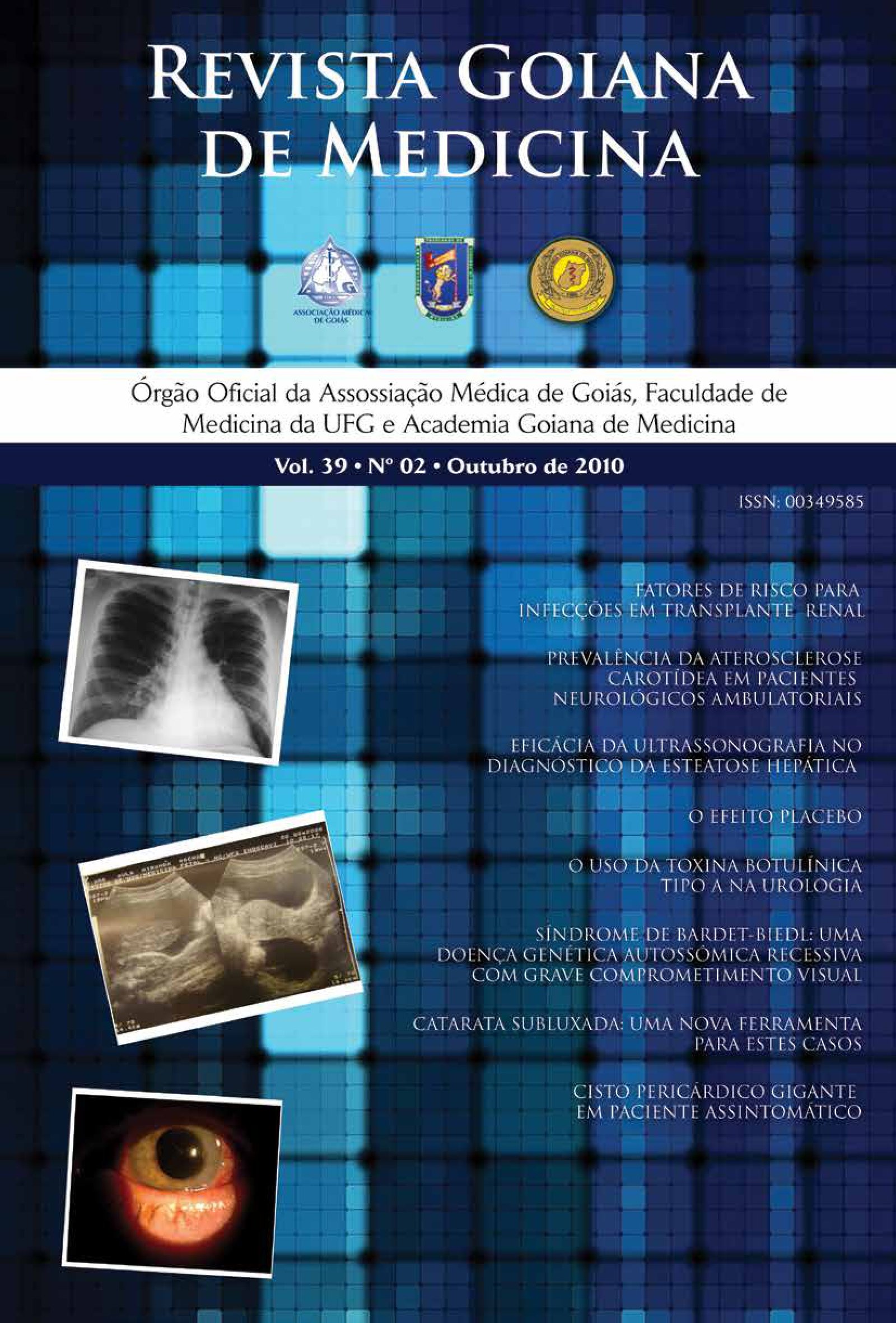Risk factors for infection in renal transplant
Keywords:
renal transplant, infection, risk factors, surgical site infection, urinary tract infectionAbstract
Objectives: To investigate the prevalence of nosocomial infections occurring up to 30 days following renal transplant and analyze risk factors for the development of infection and consequences.
Methods: A retrospective study was performed from January 2004 to June 2006, which determined the risk factors for infection. A form was designed as an instrument for data collection containing the patients’ clinical and demographic information.
Result: 108 charts renal transplants were analyzed, (45.4%) of which were performed in female patients and (54.6%) in male patients. Grafts from live donors were (62%). The mean age was 38.1 years old and the average time of hospital stay was 16 days. The incident rate of bacterial nosocomial infection (NI) in recipients was 35.18% (28 patients), and 38 episodes of bacterial (NI) were diagnosed: (18.5%) cases of urinary tract infection (UTI), (8.33%) surgical site infection (SSI), (2.77%) pneumonias, (4.62%) bloodstream infection. During the first 30 days, no loss of graft or death was observed. The number of infection episodes was directly proportional to the increase in the average and the median time of hospital stay (p< 0.001). UTI was the most prevalent infection, being more prone in recipients of grafts from deceased donors (p<0.046). Fifty-four recipients presented graft dysfunction and were more susceptible in organs from deceased donors.
Conclusions: Bacterial nosocomial infections increased the time of hospital stay. Graft dysfunction and UTI were more prevalent in recipients of grafts from corpse donors. UTI was the most prevalent and predisposed to SSI.

